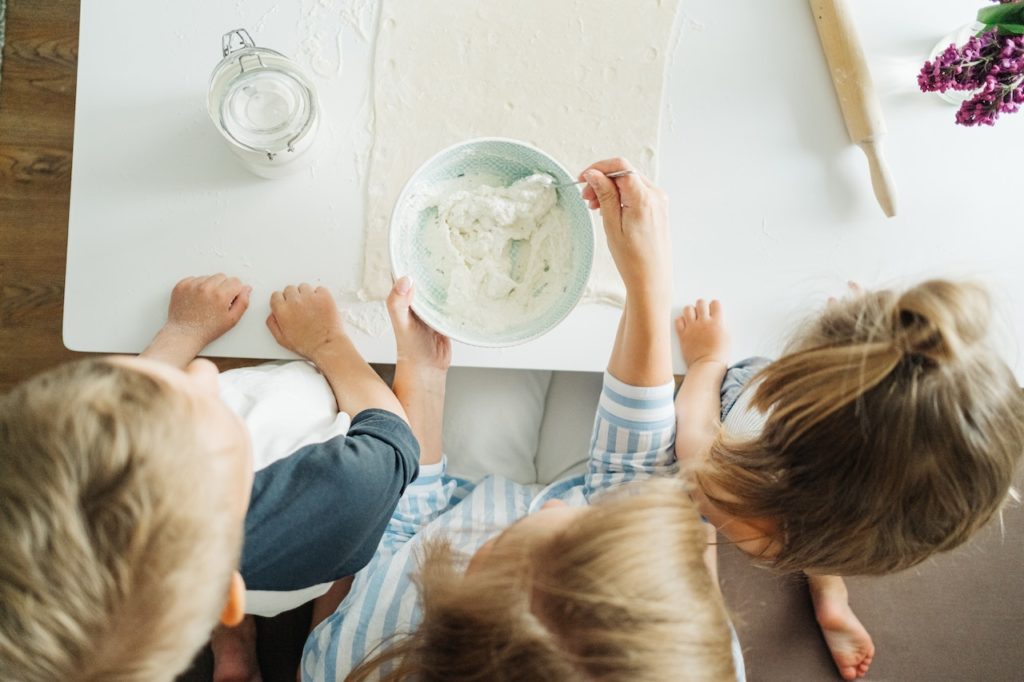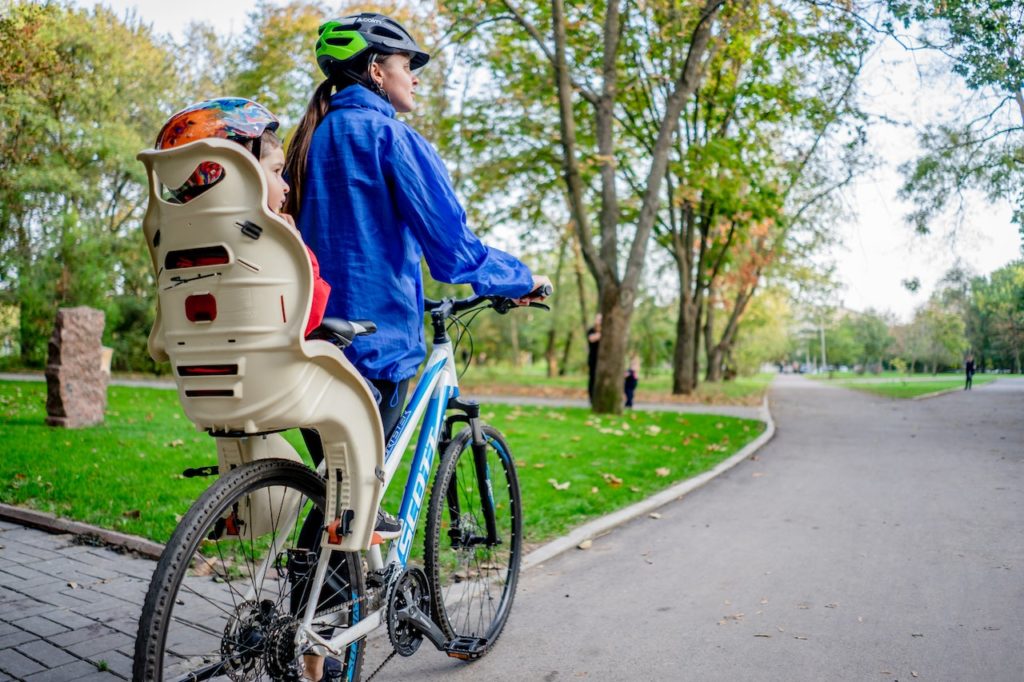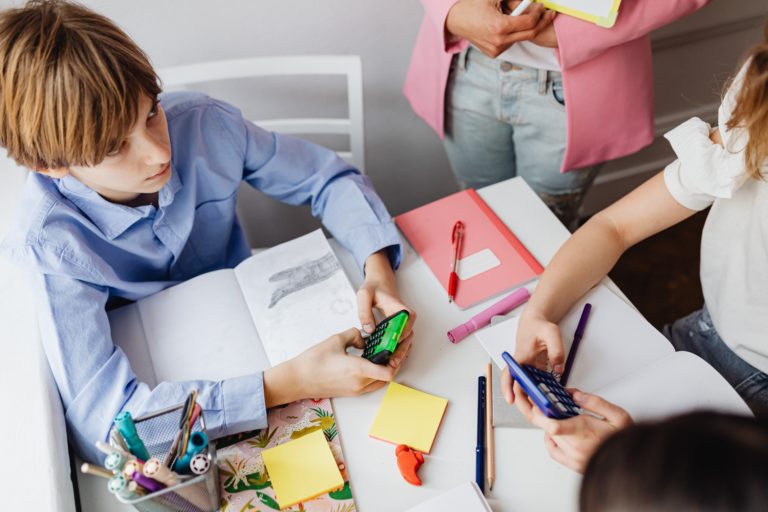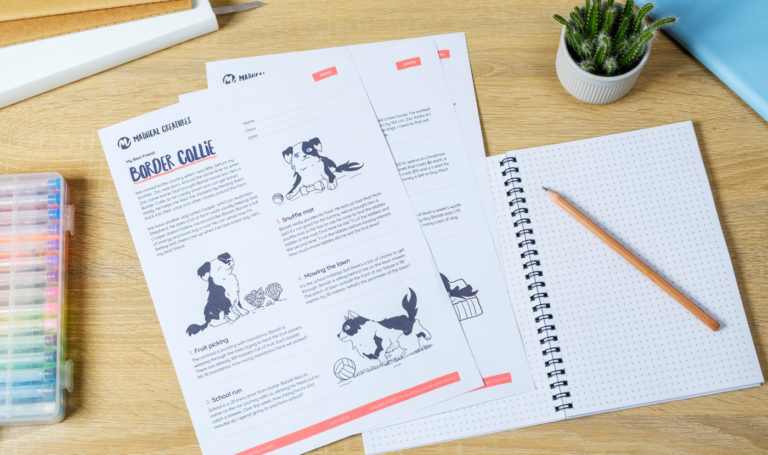Real-world maths applications do more than just add a fun element to learning; they help drive children’s mathematical growth. By taking maths off the worksheets and planting it into everyday activities, we’re showing our children the relevance of maths, making it relatable and meaningful.
This hands-on approach directly engages children in problem-solving and critical thinking, challenging them to apply mathematical concepts to real-life situations. It also ignites curiosity, as they start to uncover the maths that permeates the world around them. So, when we weave maths into our daily experiences, we’re not just enriching their learning journey; we’re actively empowering them to become independent and confident mathematical thinkers.
Let’s explore some real-world applications of maths that can turn everyday activities into fun learning experiences.
Grocery shopping: Budgeting and comparison
Turn your next trip to the grocery store into an exciting maths mission. Have your child help create a shopping list with a set budget in mind. They can compare prices, calculate discounts, and add up the cost of items to stay within budget. It’s a great way to introduce them to the concept of money, addition, subtraction, and percentages.

Cooking and baking: Fractions in action
Whip up some fun in the kitchen! Cooking and baking are fantastic ways to explore fractions, measurements, and conversions. Ask your child to help with measuring ingredients or adjusting recipe quantities. Bonus: delicious treats as the result of their maths work!
Outdoor activities: Geometry and distance
Whether it’s gardening, biking, or simply going for a walk, outdoor activities can be a treasure trove of maths learning. Children can calculate the distance covered during a bike ride, measure the area of a garden plot, or identify different shapes and angles in the environment.

Sports: Statistics and probability
For the sports enthusiasts, maths can add an extra layer of enjoyment. Children can track their favourite player’s statistics, calculate batting averages in cricket or goal averages in football. They can even explore probability by predicting the outcome of a game.
Arts and crafts: Symmetry and patterns
Who said maths and art don’t mix? Through arts and crafts, children can explore symmetry, patterns, shapes, and even measurements. Origami, for instance, is a perfect activity for understanding geometric shapes and symmetry.

Planning a dream holiday: Maths planning adventure
Why not let your child plan a dream holiday? Give them a budget, and let them research destinations, calculate travel costs, plan an itinerary, and figure out currency exchange rates. This activity is an excellent way to use maths in planning and organising, as well as introducing them to the concept of foreign currencies.
Maths is more than just numbers on a worksheet. It’s a tool we use every day, often without even realising it. By helping your child see the maths in everyday activities, you’ll make learning more fun and meaningful, and demonstrate the real-world applications of the skills they’re learning. So, let’s start exploring the world through the lens of maths!






